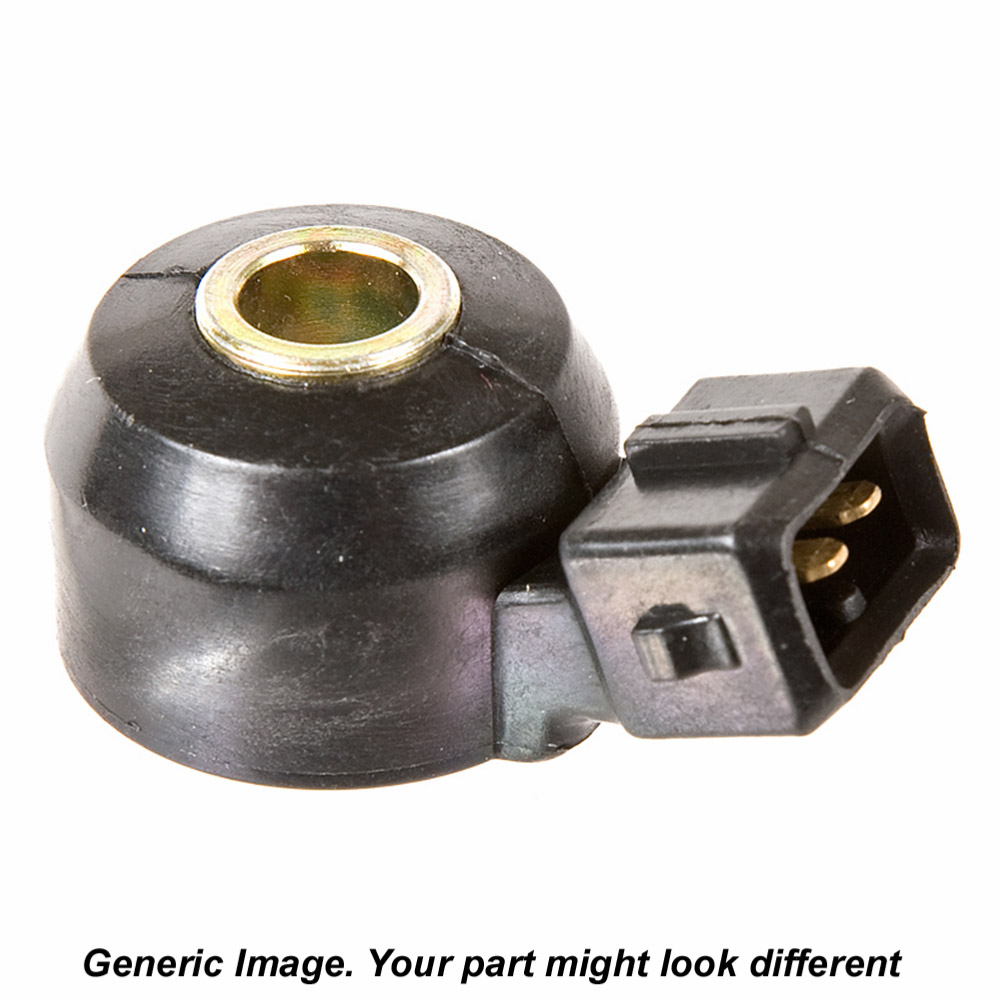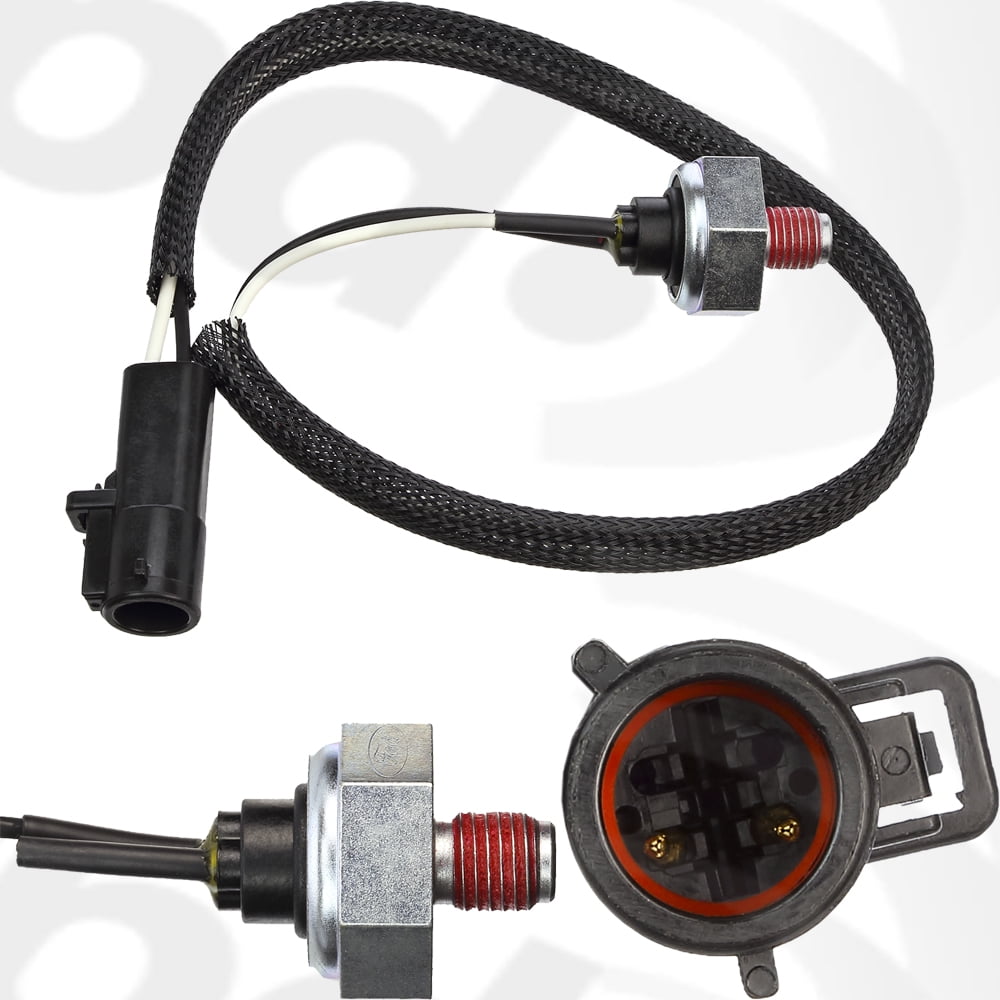

When the engine knocks, however, the vibrator will resonate with the engine, and the voltage signal emitted by the piezoelectric element will be substantially higher, making measurement much easier. The resonant knock sensor vibrator must be used in conjunction with the engine because the vibration frequency when the engine knocks is the same as the natural frequency of the engine. The signal produced is comparable to that of an inductive knock sensor. The vibrator's vibration pressure is detected by the piezoelectric element, which turns the vibration pressure into an electrical signal and sends it to the ECU.

The vibrator will cling to the piezoelectric element, and the vibrator will be fastened to the base. The figure above is a structural diagram. The piezoelectric resonance type knock sensor is made up of several components, including a piezoelectric element, a vibrator, a base, and a shell. Piezoelectric resonance type knock sensor structure diagram Piezoelectric resonance type knock sensor The signal voltage output by the sensor is the highest when the natural frequency of the sensor is the same as the vibration frequency when the engine knocks. The iron core of the engine is shaken, and the magnetic flux of the coil changes, resulting in an induced electromotive force. The electromagnetic induction principle is used by the inductive knock sensor to detect engine knock. Induction coil, iron core, shell, and permanent magnet are the essential components of an inductive knock sensor. There are three types of knock sensors: piezoelectric spark plug seat metal pad knock sensor, piezoelectric spark plug seat metal pad knock sensor, and piezoelectric spark plug seat metal pad knock sensor. There are two types of piezoelectric knock sensors: piezoelectric resonance knock sensors and piezoelectric non-resonant knock sensors.

It may also illuminate the check engine light (CEL) or turn off a component of the engine to prevent further damage.Īccording to their distinct architectures, automotive knock sensors are classified as inductive knock sensors or piezoelectric knock sensors. The computer in the automobile then evaluates the data and determines whether the ignition timing should be adjusted. The knock sensor detects engine block vibration and sound, converts it to an electronic signal, and delivers it to the engine management unit (ECU). The knock sensor is a small "listening" device in or on the engine that detects abnormal vibrations and sounds coming from the engine block. The sound usually gets louder when you use the throttle or accelerate. The engine frequently makes a "pop" or "click" sound as it knocks. A knock will occur when the second ignition produces a second flame front, and these two reactions collide. In rare situations, the temperature rises to the point where a second ignition takes place. When the pressure rises, the temperature rises as well. The residual air and fuel mixture is pressurized by the movement of the flame front. In other words, knocking is hazardous for car engines and will result in some negative consequences.Ī flame front is created when a spark plug is ignited and passes through the rest of the cylinder area. The knock sensor, on the other hand, serves a far broader purpose.Įngine knock, often known as knock, is the sound and reaction that occurs when a second, unintentional ignition or explosion occurs in the cylinder, apart from the normal regulated ignition of the spark plug. Some sensors measure oxygen, air, or temperature, while others, like knock sensors, maintain track of vibration and sound levels. The entire vehicle is equipped with dozens of sensors that continuously monitor the vehicle's function and health. Modern cars, on the other hand, have become so intelligent that, thanks to sensors, they can detect issues as soon as they occur.

In the past, it was up to users or professionals to fix potential automotive problems until they figured out what was causing the damage or failure. A automobile engine could have a million flaws.


 0 kommentar(er)
0 kommentar(er)
